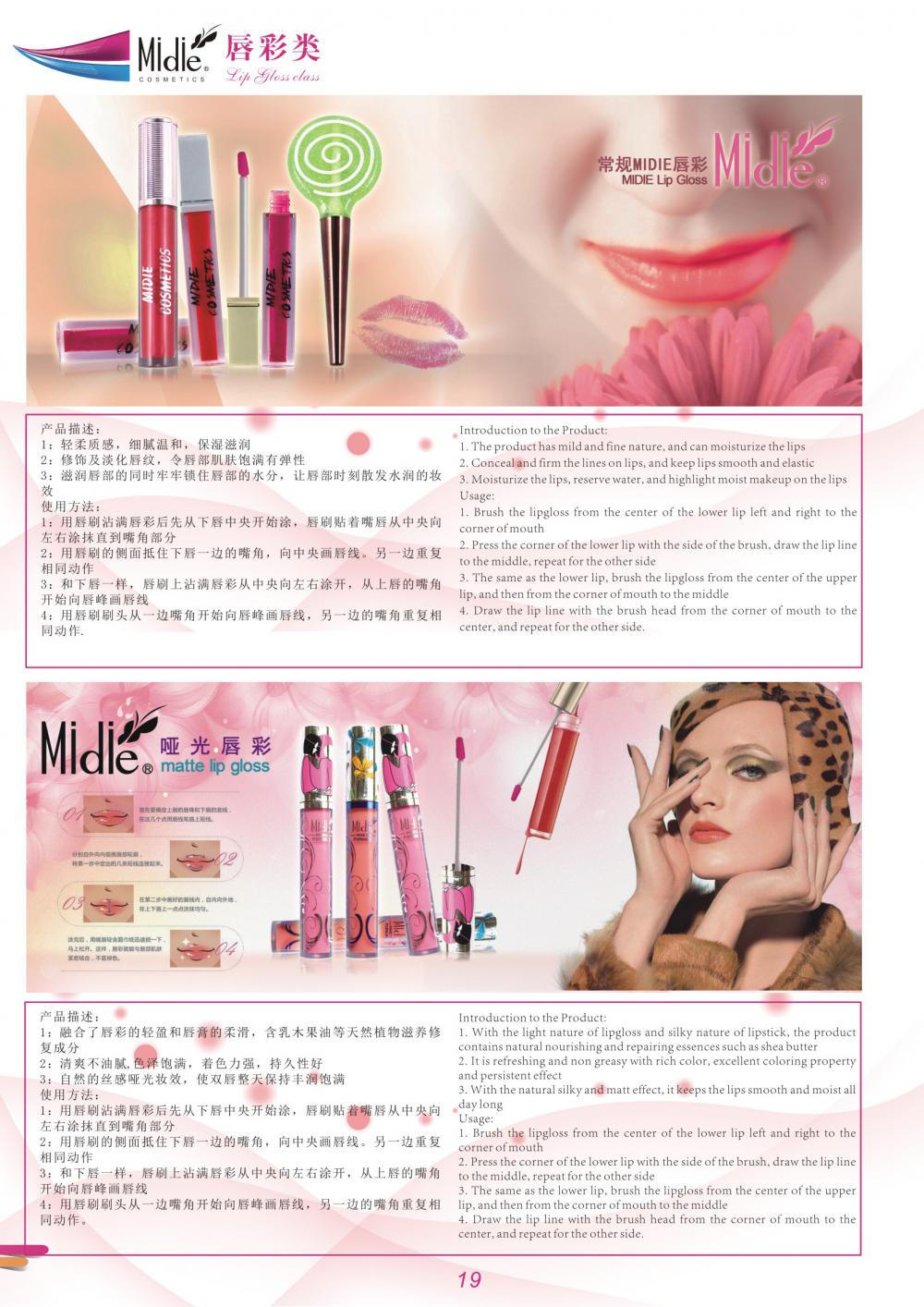As the market and business opportunities expand from domestic to international, surface treatment providers are discovering new opportunities and challenges. Tom Gilbertson, vice president of application engineering at Enercon Industries, said: "With the full expansion of global competition in the past 10 years, we have seen tremendous changes, and we are heading towards good development. This change will not only benefit our customers. At the same time, it also helped us open the door to the international market because in many countries, surface treatment technology may not even have been used."
With the new challenges posed by new material compounds, customers will decide their own choices. Surface treatment providers, such as Enercon, which supplies flame, corona and atmospheric plasma processors, need to provide equipment that is highly adaptable to the materials of various processors.
Specific film base
Pillar Technologies offers corona, flame and atmospheric plasma surface treatment products. Sales manager Rob Hablewitz said: “Industry now requires the use of at least 9 to 10 layers of material to make the final product of unprecedented quality. Today's surface treatment machines must be designed so that they never seen before. Changes are managed, including the type, thickness and density of the material.â€
For surface treatment providers, it is unfortunate that new technologies in the industry are developing too slowly, and new surface treatment products cannot keep pace with the emergence of new film-based materials. But providers are also adjusting their existing technologies to keep pace with the market and customer needs. For example, a company wants to use a plasma surface treatment method to treat a very thick material that is difficult to handle with conventional roll-to-roll technology. Enercon's engineering team responded to this need by providing a modified version of the atmospheric plasma surfacer to process this material. The system generates a "plasma cloud" through which material passes. Gilbertson said: "It is not a true new product, but an improvement of our existing plasma processor, which is a feedback to customers."
According to Hablewitz, the ability of today's machines has been significantly improved because of the lack of sufficient frequency for power supplies to handle delicate substrates. Hablewitz said: "The degree and complexity of the changes in the film base will continue to develop."
Customers are always looking for the equipment they can use to meet the challenge.
Packaging manufacturers are responding to the rising price of synthetic resins, so they are shifting from inks containing volatile organic compounds to water-based and UV inks, and are looking for a model system to adapt to these trends. As long as the modularization of the equipment is improved, the conversion of the device from the conductor base to the non-conductor base can be accelerated.
Hablewitz said: "Because manufacturers continue to mix and mix synthetic resins to achieve special film base properties, the equipment provided by the surface treatment equipment provider must be able to cope with these changes. To get better quality results faster, The key lies in flexibility."
Of course, customers are still looking for ways to improve their ability to convert liquids into stickies and solids.
Plasma treatment
For many years, processors have relied entirely on corona treatment to make ink thick. Recently there has been another treatment process. Steven Yializis, business promotion manager at Sigma Technologies, said: "The most exciting advancement in surface treatment technology is that plasma processing and improved nanotechnology can increase the value of surface materials without affecting the main characteristics of the target substrate."
Sigma specializes in surface treatment technologies, including vacuum and atmospheric plasma processing. They have found that plasma treatment processes can handle difficult-to-treat, porous and fiber-based substrates. Plasma treatment is more durable than corona treatment and can handle surfaces that corona cannot handle.
However, the cost and maintenance cost of a plasma processor is higher than that of a corona treater. Therefore, the supplier recommends basic corona treatment before performing more advanced processing. Gilbertson said: "The application determines the technology, and our customers have always asked us to develop new processing technologies to complete jobs that could not have been imagined five years ago."
“The (Corona handler) is very simple, easy to operate, and it works well, so for applications that use corona treatment functions, there is no need to require the customer to switch to a plasma processor unless he wants to accomplish some unusual task.†Or there is more demand."
Lipsticks are intended to add color and texture to the Lips and often come in a wide range of colors, as well as finishes such as matte, satin and lustre. Lip stains have a water or gel base and may contain alcohol to help the product stay on the lips. The idea behind lip stains is to temporarily saturate the lips with a dye. Usually designed to be waterproof, the product may come with an applicator brush, rollerball, or be applied with a finger.
Lipstick is a cosmetic containing pigments, oils, waxes, and emolliemt that apply color, texture, and protection to the lips. Many colors and types of lipstick exist. As with most other types of makeup, lipstick is typically, but not exclusively, worn by women. The use of lipstick dates back to medieval times.
Lipstick
Rich & Moisturizing Lip Colors, Color Trends Lip Stick, Long Lasting Lipsticks, Lead-free Lipsticks, Lip Makeup Lipsticks, Lip Crayon
Zhejiang Zhongyimei Industry Co., Ltd , http://www.queeeny.com